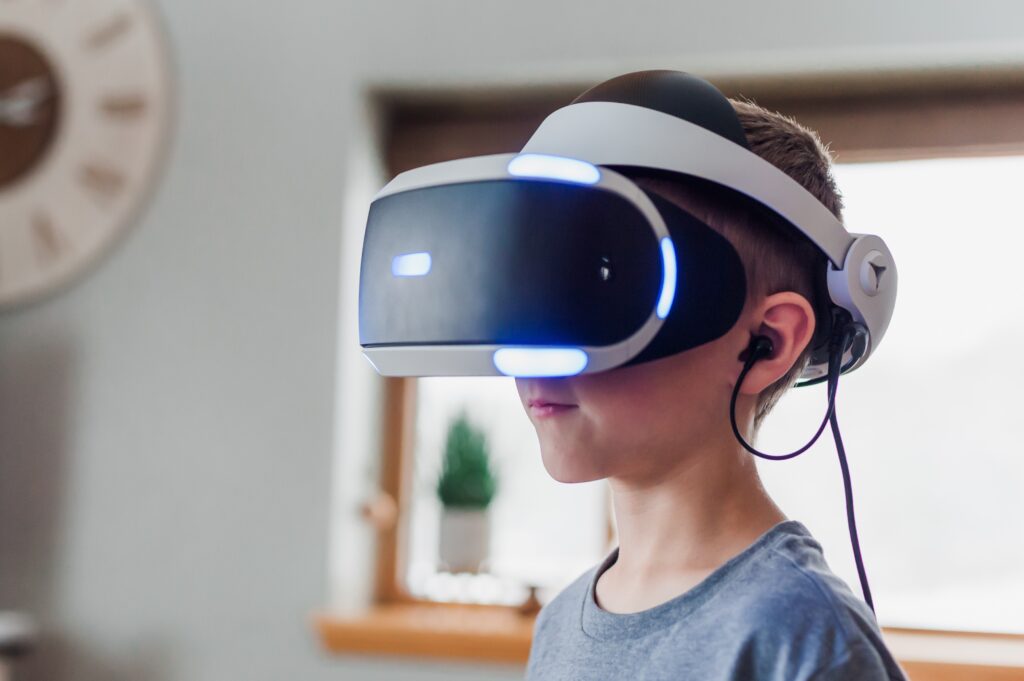
This year Covid-19 has changed the way we live, work, and explore. We now rely on virtual technology for many things such as communicating with others, learning, and working. Another aspect of life that has gone virtual is the way we travel and experience events. Events and places that we are use to experiencing in person, are now being adapted so that we can experience them virtually. However, these virtual experiences can not be accessed by everyone, especially not be people who have visual impairments. While most places have used technology to make their events and attractions easier to access online or through other virtual technology, they lack the accessibility tools that allow visually impaired people to fully participate in all they have to offer.
One major industry that has gone virtual is the tourist industry. You can now go on the websites of many world-renowned museums, national parks, and other tourist attractions and visit them through a computer screen. You can view art and history exhibits and virtual tours with as much detail as if you were experiencing them face to face. The problem with these virtual experiences is that most of them are very visual. You view exhibits through photos, online maps, and through uploaded videos. People with visual impairments aren’t able to view these images unless they are enlarged and some can’t see them at all. The videos that most museums and attractions have uploaded only show images with background music. Most natural attractions such as national parks and cities use technology such as Google Street View to let you travel and explore. You can take hikes and view city landmarks all from your computer screen. Apps like Google Street View are very image heavy and aren’t able to be accessed using a screen reader or other visual assistants.
Tourists attractions aren’t the only things that have gone virtual. Events such as concerts and festivals have also been made available to view while social distancing. These events can be streamed using streaming apps and recorded so that they can be viewed later. Virtual meet up apps such as Zoom and Microsoft Teams are being used so that people can gather together for meet ups, classes, and even to just watch a movie with friends. These virtual meet ups lack the accessibility needed for visually impaired participants also. For example virtual classes that are being offered such as yoga, dance, and foreign language classes use visual tools to explain the content. Since everything is done through a computer screen, it can be hard for visually impaired people to know what’s going on, such as different yoga poses or dance steps, or words in a new language being displayed on a blackboard.
This change to a virtual world has seemingly left out people who are visually impaired and people with other disabilities. However, there are ways to fix this. Some businesses have already started trying to improve the accessibility of their content.
One example is NASA which offers videos uploaded on Youtube that describe the exhibits in detail, while also providing closed captioning for those who are hearing impaired. The national Museum of Natural History has an app where audio descriptions of their fossil exhibits can be found. Audio descriptions are a great way to include people with visual impairments in this time of change. Cities can upload audio descriptions of their landmarks on their websites or develop an app like the ones used by the National Museum of Natural History and Yellowstone National Park. These apps contain audio descriptions of major sites and audio described tours.
Text files can also be uploaded such as in the case of the Library of Congress. These text files can contain descriptions and information about the attractions on display. They can also be read by screen readers and downloaded to be used with text to speech technology.
Image captions are another key component in virtual accessibility. Many tourist attractions sites offer photos of their attractions. By adding captions very alternative text to these images, visually impaired people are able to view them as well.
To make meetups like virtual classes more accessable, the organizer or teacher of these classes need to make their lessons as descriptive as possible. If teaching classes that involve movement such as dance and yoga, the movements and poses must be described in great detail, so that the visually impaired person’s experience can be just as emersive as the sighted person’s.
Although the move to life in the virtual world has helped us immensely in this time of social distancing, it has largely left out the visually impaired community. By improving the accessibility of websites, apps, and other virtual technology, people with visual impairments can experience and participate just like everyone else. The visually impaired population is only a small percentage of people who require accessibility. Virtual experiences should be accessable to everyone, especially in this time when they play such a major part in our lives.